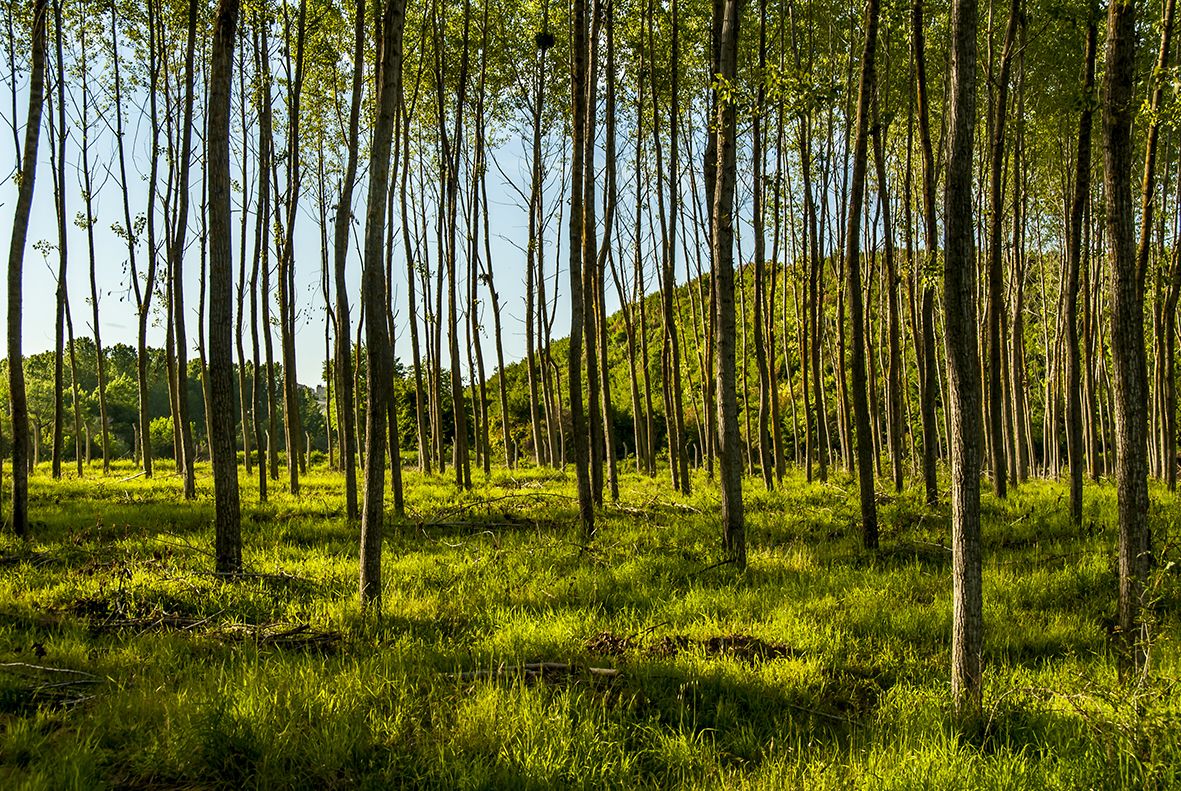Globally, one million plant and animal species are currently at risk of extinction – that’s one in four.
It’s a stark figure. The nature around us is declining at a speed never previously seen and our increasing demands for more food and energy is the driving force.
Whether it’s changes in land use, as we clear rainforests to make way for land for cattle, or the impact we’re having on our oceans from overfishing and plastic pollution, our activities are increasingly unsustainable.
This year, the theme of World Environment Day is biodiversity – amid a call to action from the UN to protect the natural world. All is not lost. If we act now and reimagine our relationship with nature, we can reverse the sobering trends that we’re seeing in the natural world.
As an energy services company operating across many diverse geographies, Petrofac has a responsibility to minimise and mitigate our impact on the environment when planning our projects. We are often faced with different environmental considerations, and we need to work with our clients and other stakeholders to develop effective solutions to these challenges.
Let’s look at some of the measures we’ve taken on three of our projects.
WORDS GREG ROSS
IMAGES SHAILESH CHAVDA
PUBLISHED MAY 2020
As we approach World Environment Day in June, Petrofacts looks at some of the initiatives we have implemented on our projects to protect biodiversity
Diverse thinking
HOW WE WORK
“Without nature life on Earth would not be possible”
United Nations
What’s biodiversity?
Biodiversity simply describes the variety of life on Earth – from plants to animals to the ecosystems that house them. Healthy ecosystems, rich with biodiversity, are fundamental to our existence. They sustain human life, clean our air, purify our water, and provide everything from food to medicine, to the raw materials that fuel our lives.
DID YOU KNOW?
75%
of global food crops rely on insect pollination


German North Sea: Protecting
marine life
Bottlenose dolphins, minke whales, grey seals and harbour porpoises are just some of the protected and endangered mammals that can be found in the German North Sea. And, like fish species such as cod and herring, they use sound to orient themselves, communicate, and locate prey and avoid predators.
During the offshore installation of a HVDC converter platform, we had to devise a solution to protect this marine life from construction noise. To ensure a safe and stable platform, foundations are driven deep into the seabed and this activity causes significant underwater noise that can be heard for several kilometres.
When installing the foundations, we deployed a double circular hose arrangement around the construction site. Compressed air was pumped through two perforated hoses on the seabed, creating a curtain of millions of small bubbles that rise to the water surface, forming a kind of whirlpool around the site. The air bubbles change the density of the water and form a protective curtain that breaks down the sound waves. This clever solution reduced the noise levels, minimising disruption to marine life.
When fishing and foraging grey seals will on average dive as deep as 70 metres (though they are able to dive as far as 300 metres)
Bottlenose dolphins make up to 1,000 clicking noises per second. These sounds travel underwater until they encounter objects, then bounce back to their dolphin senders, revealing the location, size, and shape of their target



RUSSIAN FAR EAST: Living in harmony with the Steller Sea Eagle
The Steller Sea Eagle is a magnificent bird of prey – a symbol of the wild nature of the Russian Far East, named after George Steller, a German zoologist and explorer. Sadly, habitat degradation, pollution, and other human impacts have resulted in declining populations and the species is now listed as vulnerable.
The eagles can be spotted along the coast and surrounding islands of the Sea of Okhotsk and Bering Sea. Petrofac is constructing an onshore processing facility in the region and the team put in place measures to protect a number of eagles nesting along the coast near the project’s temporary beach landing facility, used to offload cargo.
Habitat corridors and prohibited areas were created to ensure construction personnel and activities were kept away from the eagles’ nesting and feeding areas. Strict noise and speed controls were enforced on vehicles; waste management and pollution prevention plans were implemented; and a programme of conservation awareness training was put in place for all workers.
The eagles have a wingspan of up to 8 feet
Many of the eagles migrate from their breeding grounds in Russia to Japan, where they’re revered and known as ‘O-washi’



Mexico: Supporting turtle conservation with the local community
Seven of the world’s eight species of sea turtle nest on the beaches of Mexico, including the Olive Ridley, or ‘Lora’ turtle. But in a country with one of the world’s longest shorelines, nesting beaches for turtles are disappearing. Climate change and human development (particularly for tourism) are impacting biodiversity and the health of marine ecosystems in Mexico.
Petrofac has operated onshore and offshore fields in the country and environmental studies for a project highlighted both the presence and importance of the Lora turtle. So, as part of our environmental management programme for the area, we partnered with our client, the National Commission of Natural Protected Areas, and other public and academic institutions to create a scheme dedicated to protecting these turtles.
Together, we have invested more than US$162,000, funding quad vehicles to monitor nesting sites, specialist satellite equipment to study the behaviour of turtles, and scholarships for local university students to research the ecology of the species. Thanks to our involvement, the situation has significantly improved. Turtle nesting sites have reached maximum capacity and to date, more than 400,000 newborn turtles have been released into the ocean.
Across the world most populations of turtles have seen a drastic decline of more than 80% in under 20 years
1 in 2 marine turtles have eaten plastic and often mistake plastic bags for jellyfish




